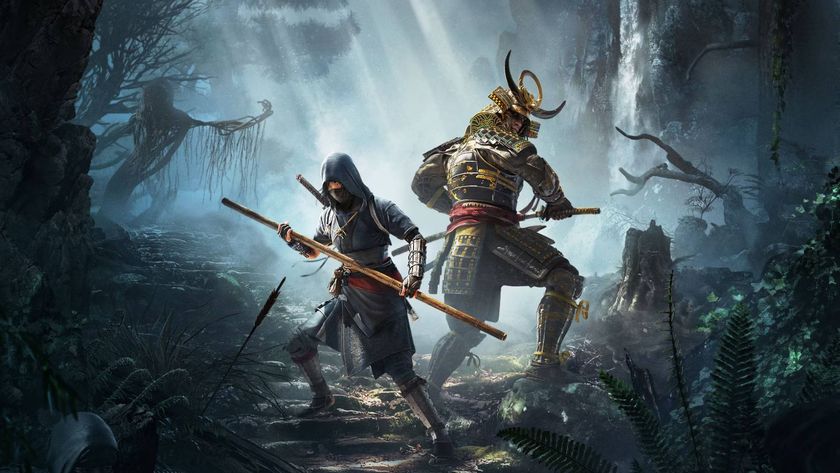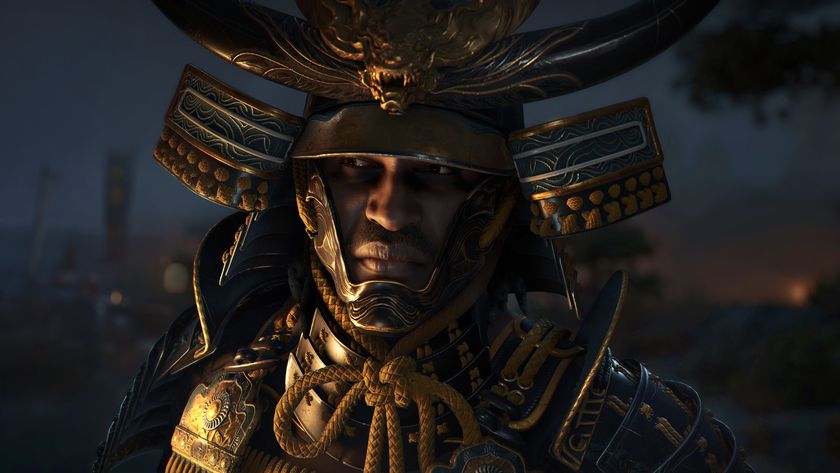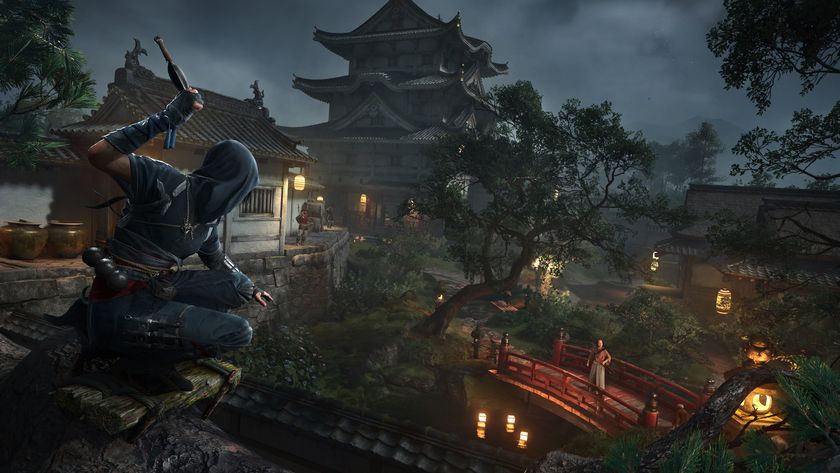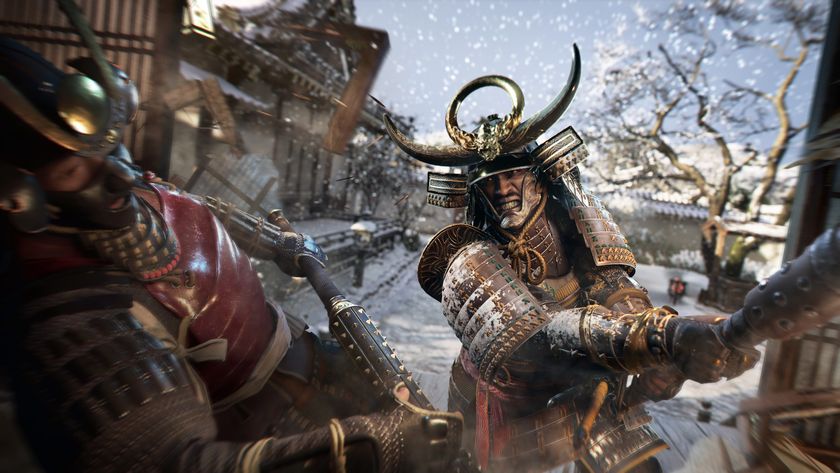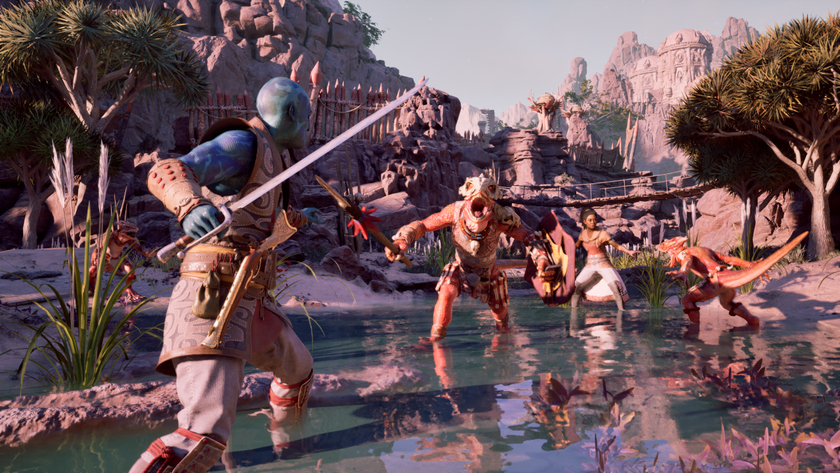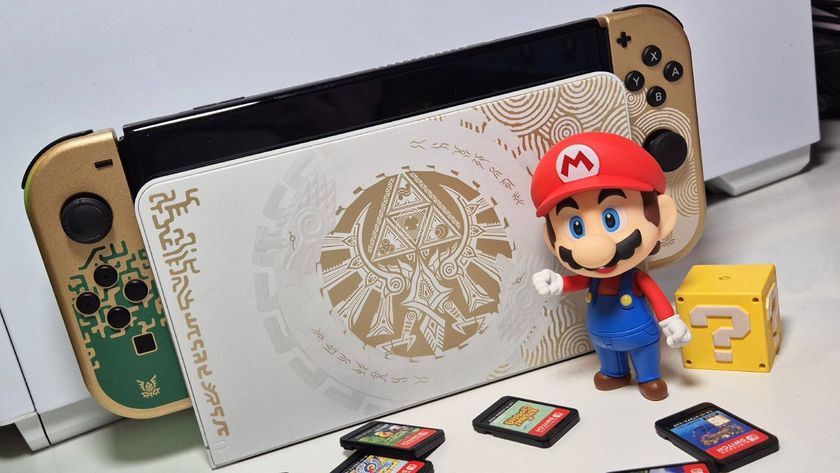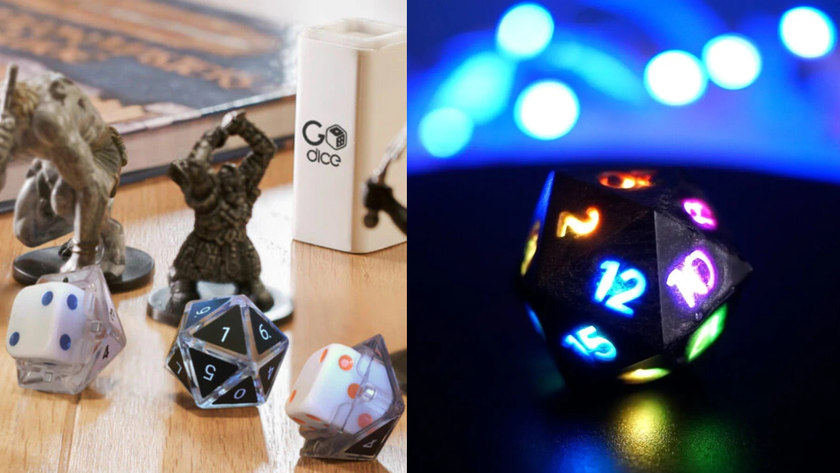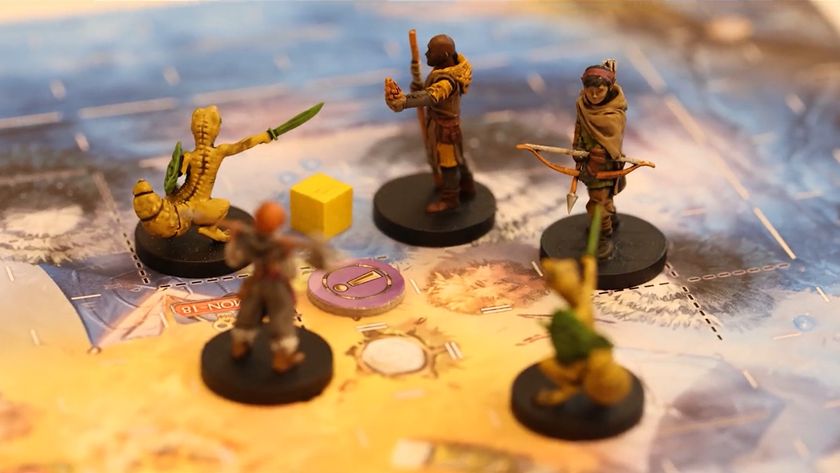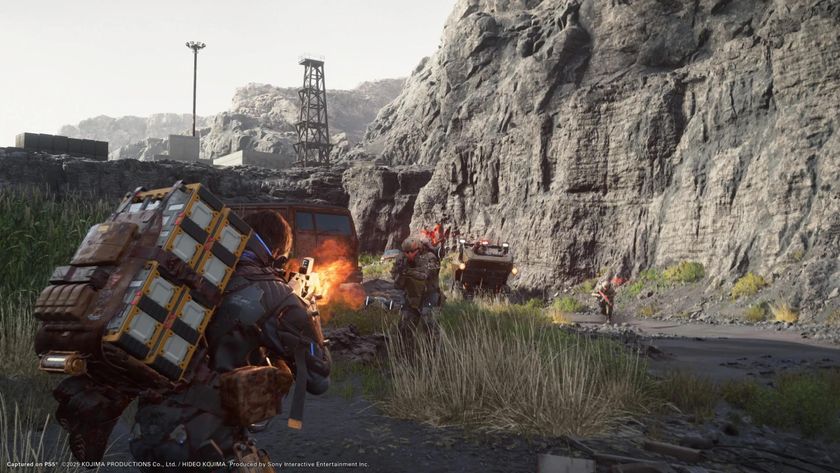How the hidden blade in Assassin’s Creed evolved from a simple weapon to a Bond gadget (and back again)
The evolution of the Assassin's most iconic weapon

Small, silent and utterly deadly. Yes, I'm talking about the hidden blade in Assassin's Creed. What did you think I was describing? As the games have progressed so has this integral tool and series icon, expanding both its capabilities and aesthetic. Codex entries buried within the game mention a rather fitting quote from Altair himself: “The Hidden Blade has been a constant companion of ours over the years. Some would say it defines us; and they would not be entirely wrong. Many of our successes would not have been possible without it”.
The hidden blade's beginnings are simple enough. A leather cuff with a single blade on the underside which could kill with a hand shake or high five to the jugular. It's a subtle weapon that can be hidden under a loose-fitting cloak, or inside a jacket with wider sleeves. And yet it's utterly deadly. Interestingly enough, the very first incarnation of the hidden blade required it's user to have their ring finger removed. This is both for practical reasons (as it allowed the blade to extend smoothly without impaling the user) and cultural ones, as it showed the wearer's commitment to the Assassins order, if they were willing to lose one of their fingers for the cause.
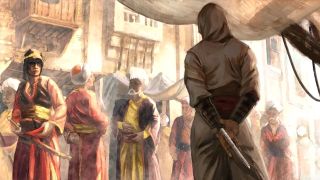
Some time after the events of the first game, Altair uses knowledge gained from the Apple of Eden to alter the hidden blade, meaning it would no longer requite the loss of a finger. There's a joke about it in Assassin's Creed 2 when Leonardo first speaks to Ezio about rebuilding his father's gauntlet. This innovation meant Assassins couldn't easily be picked out from the crowd thanks to their missing digit. As the device continued to evolve along with the rest of technology, it no longer required the wearer to flick their wrist to active either. Instead it could be used with a clenched fist or flat palm, making its presence more subtle still.
The biggest philosophical change is also down to the work of Leonardo Da Vinci during the events of Assassins Creed 2, who worked from ancient codex entries left by the late Altair in order to create a second hidden blade. This additional tool is something that is reserved for only Master Assassins. It's cute that Ezio has to complete a training course in AC2 to be able to use it, given how simple a concept it actually is. Sure, that's artistic license on behalf of Ubisoft Montreal (pretty sure Ezio wouldn't have had much trouble understanding its practical uses) but it's a great introduction to the possibilities afforded by having a second hidden blade. Da Vinci was also responsible for the poison blade and hidden gun which - as their straightforward names suggest - allow you to poison a guard from close range and watch him turn on his buddies, or flip out a small gun and fire off up to three rounds as a last, loud resort.
These both added a variety of tactical possibilities to the series. A favourite trick among less scrupulous Assassins was to poison a large axe-wielding guard, wait for him to start flailing wildly, and then throw coins at his feet for the city beggars to scoop up. The end result was both a massacre and a handy distraction. Crossbow bolts and poison darts were the next logical progression, once again adding a new element to gameplay, but perhaps the most interesting move after any of these, was the hook blade. Traversal got that little bit easier as you could hook onto zip-lines dotted around the city of Constantinople or pull down scaffolds in the midst of a heated chase to try and gain an upper hand. More than this, battle became a little more cheeky, as counter-stealing allowed you to pinch someone's purse mid-fight, breaking their concentration and showing off just how worthy an opponent you could be.
By the time Assassin's Creed 3 rolled around, the hidden blade was fairly refined and not much was set to change until Ratonhnhaké:ton eventually obtained the pivot blade. This is an advanced alteration of the standard hidden blade which can rotate by 90 degrees, allowing the user to wield it like a dagger. Not only does this make short range skirmishes that bit more easy to deal with (making the hidden blade a genuine option in open combat) but skinning bears became a little easier too.

The phantom blade, as seen in Assassins Creed Unity, is less of an upgrade and more of a refinement to Da Vinci's previous work adding crossbow bolts as an integral part of the design. With a much more advanced crossbow that could fold into the vambrace, Unity sees players able to fire rage inducing poisonous darts and straight-up deadly bolts over much greater distances, making pre-stealth planning a more pivotal point in the game's systems. More than that, it was a necessity for Unity, which featured a much larger, more densely packed world - sometimes getting close to your target simply isn't possible, so seeing them off from range is often the best tactic.
Sign up to the 12DOVE Newsletter
Weekly digests, tales from the communities you love, and more
Not all blade progression has been tied to the wrist, either. If you played through the 2D side-scrolling adventure Assassins Creed: Chronicles China, you'll have no doubt used the foot blade. Initially a tool used by the Templars to fight back against the Assassins, it was later adopted by their enemies as a unique and highly brutal tool. There are some savage kill moves in Chronicles, many of them involving the foot blade. While it's inevitable more additions and upgrades will come, the most recent change arrived in the form of the Assassin's gauntlet.
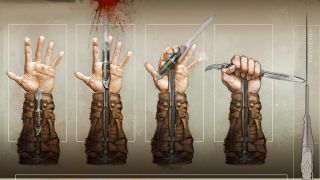
Used by British Assassins and introduced in Syndicate, the gauntlet has a much smaller form with a stronger blade and comes equipped with a rope launcher that can be used to rocket atop buildings or create zip-lines with which to speed down and rain death upon your foes. While the simple hidden blade is now a small part of the Assassin armoury, it remains central to everything they do. The changes that have been made to its design all feel like natural progressions, and where functionality has gotten a little too fussy in certain games, the last iteration in Syndicate feels like a neat balance between basic tool and exciting gadget. And the wearer gets to keep all their fingers too.
In Origins… the hidden blade goes back to basics. It’s just a simple gauntlet with an extendable blade. Whereas it doesn’t require the loss of a finger, there is a reference to the practice in the game. Obviously no spoilers at this point. It’s interesting how fussy the blade became, before returning to its simple, exclusive purpose in the latest game: killing.
12DOVE was first founded in 1999, and since then has been dedicated to delivering video game-related news, reviews, previews, features, and more. Since late 2014, the website has been the online home of Total Film, SFX, Edge, and PLAY magazines, with comics site Newsarama joining the fold in 2020. Our aim as the global GamesRadar Staff team is to take you closer to the games, movies, TV shows, and comics that you love. We want to upgrade your downtime, and help you make the most of your time, money, and skills. We always aim to entertain, inform, and inspire through our mix of content - which includes news, reviews, features, tips, buying guides, and videos.
